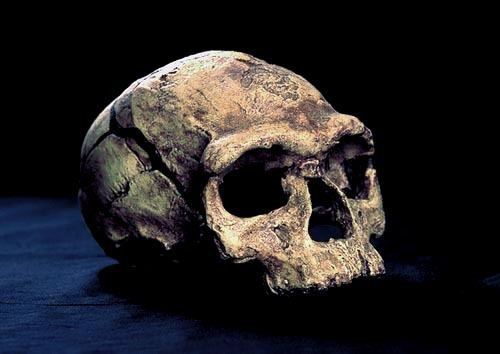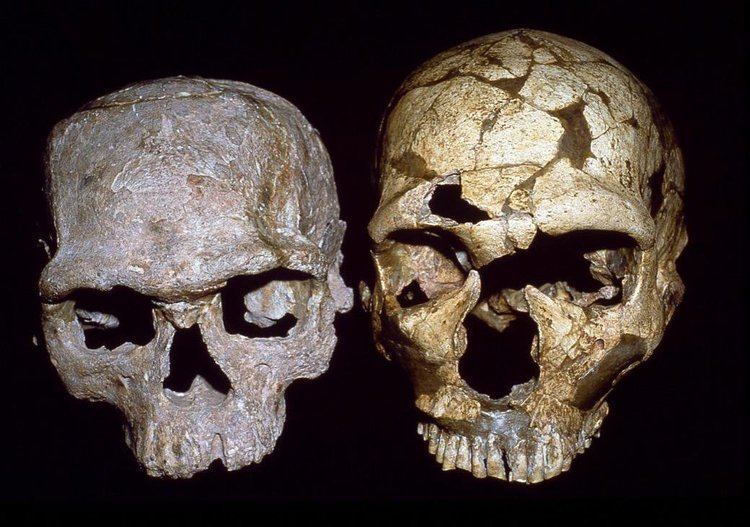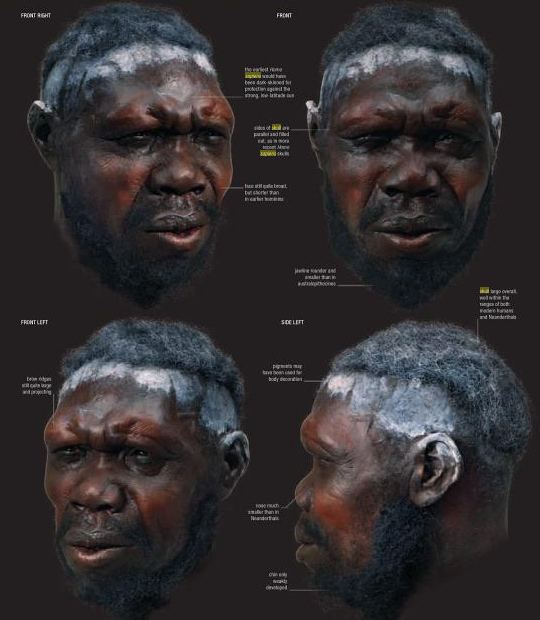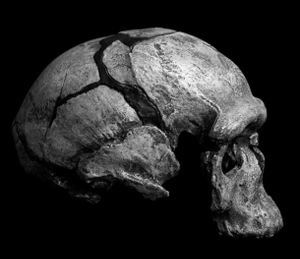Location west of Marrakesh Periods Paleolithic Excavation dates 1991 | Associated with Homo sapiens | |
 | ||
Similar Pettakere cave, Gudiyam Cave, Las Caldas cave, Koonalda Cave, Abrigo del Pez | ||
Jebel Irhoud (Arabic: جبل إيغود) is an archaeological cave site located near Sidi Moktar, about 100 km (62.1 mi) west of Marrakesh, Morocco. Since c. 1991, seven significant hominid fossils have been discovered. These skeletal remains have been radiocarbon dated to around 160,000 years ago. The fossils include portions of two adult skulls (Irhoud 1 and Irhoud 2), a child’s mandible (Irhoud 3), and a child’s humerus (Irhoud 4).

The Irhoud 1, 2 and 3 fossils were found during quarrying for barytes. The significance of these original discoveries was not fully understood until 2007, as they were initially considered to be North African Neanderthals. They are now grouped with other early anatomically modern humans, such as Qafzeh and Es Skhul in Israel.

In 2007, the Max Planck Institute announced that synchrotron analysis of a tooth from the Irhoud 3 child's mandible revealed that 'long childhood' and consequent brain and social development was a key element in the earliest Homo sapiens.



